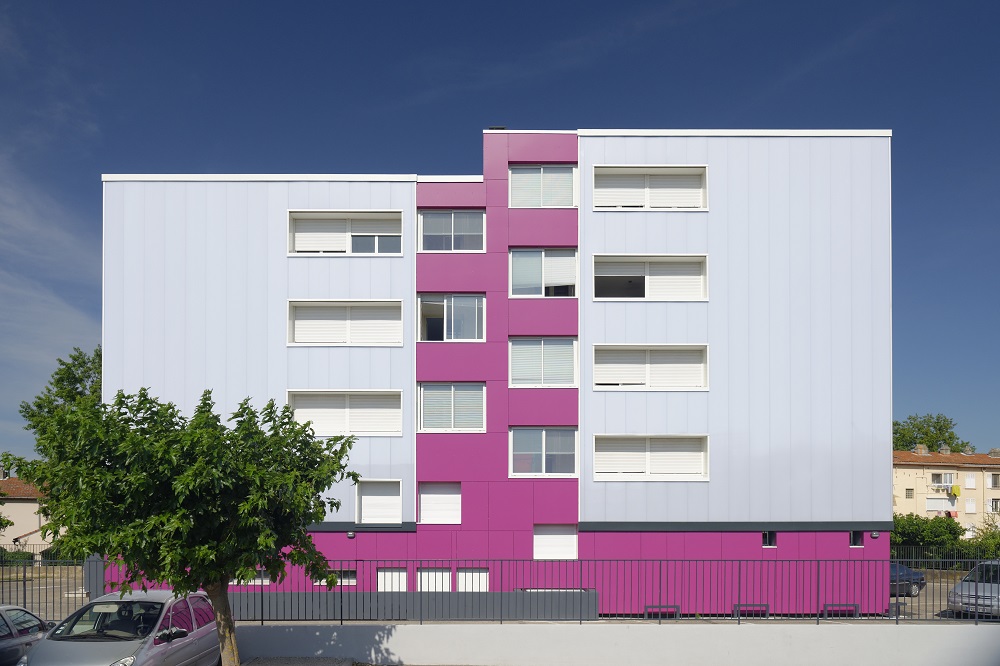
It is vital that you select a wall cladding that has sufficient levels of water tightness. While our wall cladding product range at Danpal is one of the market leaders for air and water tightness, a lot of other versions from different companies can be compromised and lack sufficient levels of protection from water infiltration.
Water tightness is the instance of attempting to prevent water or other fluids from getting from one side of the wall through to the other. The main areas of concern when it comes to construction and water tightness is the penetrations and joints, as well as the material itself used for the wall cladding.
 Porosity is the ratio for the volume of the voids (openings) with the total volume of the material. Basically what this ratio represents is the storage capacity that the material has.
Porosity is the ratio for the volume of the voids (openings) with the total volume of the material. Basically what this ratio represents is the storage capacity that the material has.
The other key measurement associated with water tightness is permeability. This measure show easy it is for fluids to flow through the porous material.
This is why it is so important during the manufacturing process of wall cladding that it meets the necessary targets to ensure that water tightness is not going to be a concern. Quality manufacturing processes are vital to producing durable and watertight wall cladding. There should also be special attention applies to the joints and other penetrations, as these are often the weak chink in the armour that can become exposed and cause structural damage from this point.
This is why you should also compare the testing of different wall cladding systems by an independent authority. Whether it is in the lab or on a large mock-up, these tests will be able to assess the general strength of the air tightness but it does disregard one key factor which is the impact of site workmanship.
There are going to be different skill levels and workmanship applied depending on the experience of the team putting the wall cladding in place or the budget of the project etc. They have such an important role in the water tightness, because if the components have not been cut straight, the sealants are improperly installed or the gaskets are not properly fitted, this will lead to a lot of issues.
This is why it is always a good idea to have a small test sample of the wall cladding system in an area of the structure to ensure that the proper quality is being developed. This is better than realizing when the entire structure has been cladded that it has been done so incorrectly.
